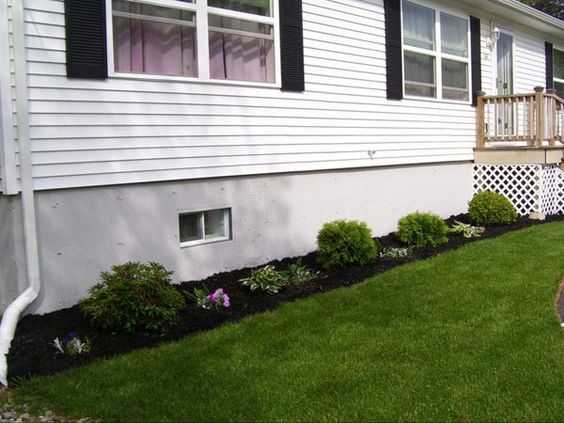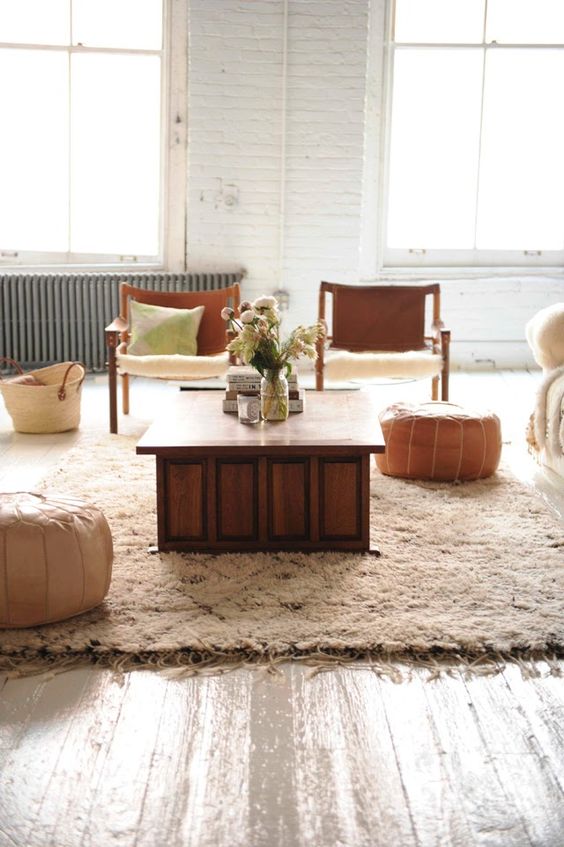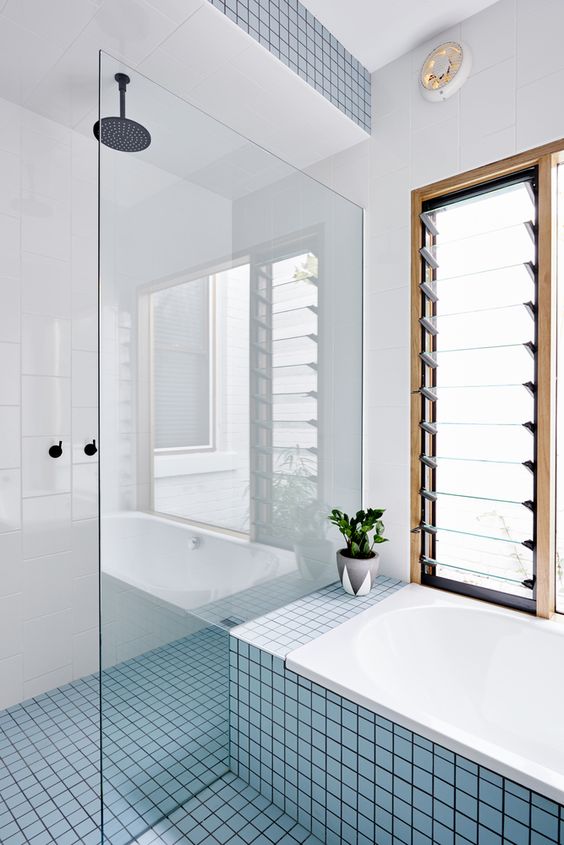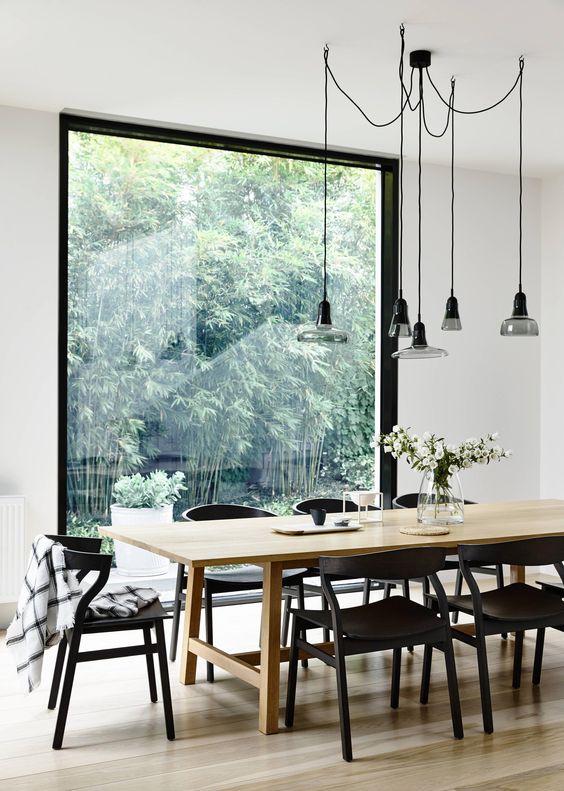DIY Ways to Protect Your Home from Flooding
Water damage is becoming one of the most common reasons for home damage, especially if you live in such sensitive areas as throughout Florida in the US, for example. Combined with other water-related weather, the relentless tropical storms down here are capable of dumping copious amounts of water, up to ten inches, in a single day.
That’s why it is essential to learn about the precautions you can take to protect and minimize the damage incurred from flooding.
Landscape correctly
Whether it’s building up the land by bringing in the soil, grading the existing areas to help with drainage, or putting in vegetation and plants that help decrease the erosion potential of soil, landscaping correctly can be an easy way to protect your home from flooding.

The benefit of bringing in the soil is that you can build up specific areas without having to take away from others and cause potential pooling issues.
If bringing in the additional soil isn’t an option, grading the areas to form slopes will help water to move away from the house and make it harder for water to pool around the home to begin with. Also, after bringing in dirt or grading, it is important to select plants that will help the soil from eroding, to preserve your hard work.
Repair the home
Simple DIY methods to waterproof and seal gaps or cracks in a house, especially a basement area or in areas close to the foundation, can be a tremendous help against flooding. Without having an easily accessible entry point, water is more likely to flow back away from the house.
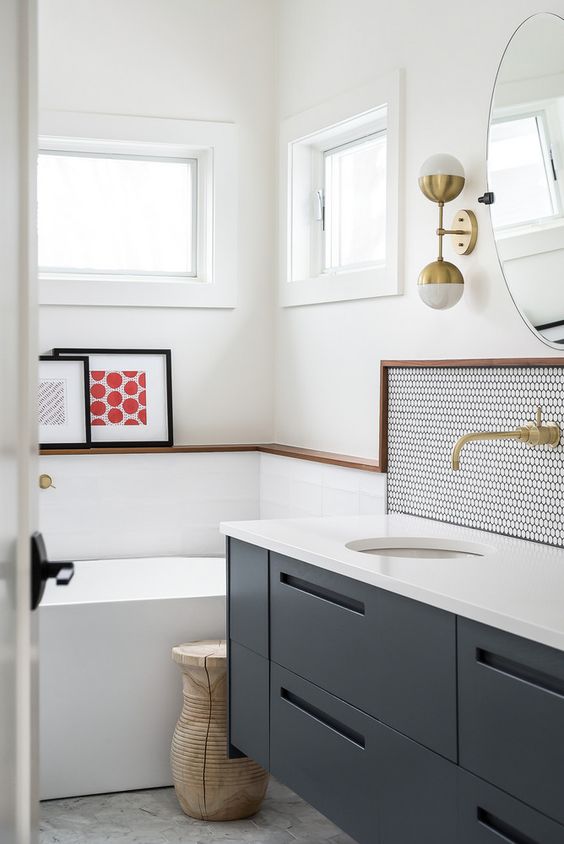
Sealing apparent cracks or gaps in the home is an easy way to prevent water from collecting inside, but simply waterproofing is important too. Moisture that builds up can weaken a structure and either cause cracks or make the home more susceptible to flooding.
Move the important stuff
This is easy to DIY with a simpler system but relocating the vital functioning components of the house such as an air conditioning unit, furnace, or water heater to a level that won’t be the first to suffer from flood contact can help preserve the rest of the home if a flood does happen. This will cut down on repair costs after the flood has subsided, as well.

Move important documents
Potentially much more convenient than the previous tip, gather up items that are important, either for memorable reasons or important documents like policies for insurance or legal papers about the home. Then, move them up to a higher level of the home.
Placing them in a sealed, waterproof container is also advisable to protect from flooding. This will make them easier to retrieve if flooding occurs.
Consider adding reinforcements
This may require some help from a local contractor, but either reinforcing a home’s exterior against flooding or elevating the home are easy ways to prevent flooding. Utilizing sandbags or other flood resistant materials on the outside of the home can help prevent the water from reaching the home in the first place.
Another option is to wet-proof the house by sourcing out a DIY tutorial on how to install vents to the foundation. These are vents that let water flow through the house instead of getting trapped around or inside it, but they are best reserved for extreme cases where flooding is unavoidable.
Modify internal systems
Just as important as the exterior landscaping, DIY’ing some modifications to the inside of the home is easy and quick. The most common adjustment is for the water valves. When flooding occurs, sewage systems are one of the first to be affected. Installing an exterior or interior backflow valve on any pipe that enters the home can save you from a smelly and messy side effect of flooding. Although a check or flap valve could be easier to install initially, a higher security and better option is a gate valve. It is hand operated but will serve better in a flood situation.
Flooding and water damage has been noted as one of the most expensive disasters that naturally occurs. It can be unavoidable, and as water accumulates quickly, taking precautions before flooding happens is much more preferable. Tutorials on how to DIY many of the above tips can help protect your home against flooding.




